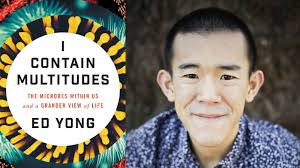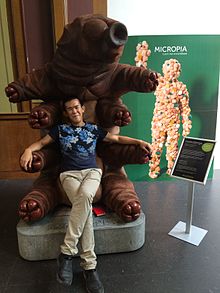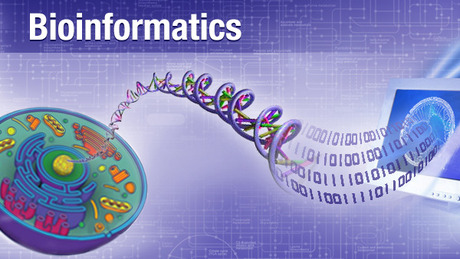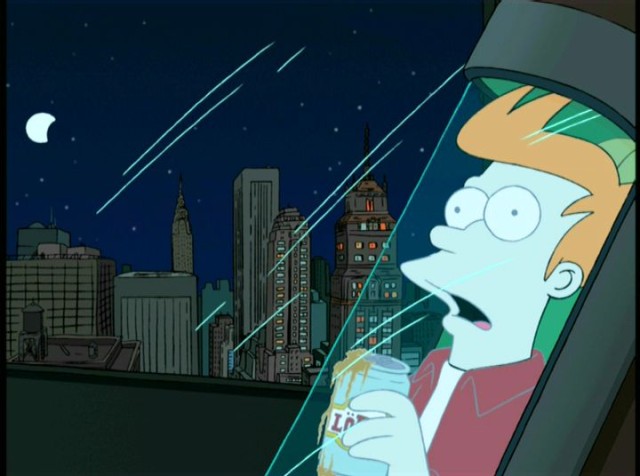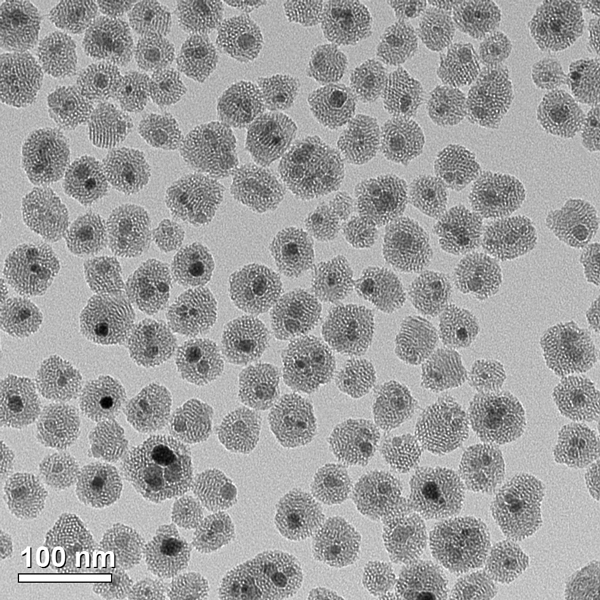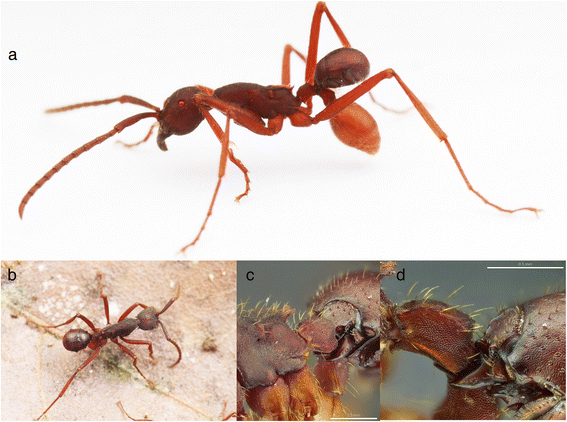
Have a headache? Take aspirin. Have inflammation, a fever, pain, or want to prevent a stroke/heart attack? Take an aspirin. It would seem that Aspirin is an extraordinary drug that we have created. Apparently researchers are now seeing that there are other uses that this magical white pill can due: stopping initial tumor cancer cells. Thats right, there needs to be more work and studies done but it would seem that there is more that this drug can do. It may be able to play a major role in cancer therapies within the feasible future.
Everyone responds differently to everything, and for some too much aspirin can be disastrous. However researchers are looking into making a genetic test to see who may be able to benefit in the long-term use of aspirin.
So originally scientist found that aspirin treats prostaglandins which are a hormonelike substance which can cause inflammation, trigger pain, fever, and blood clotting. You don’t want to suppress these all the time because obviously fevers have an important role in our immune system, likewise with some of these other symptoms, however they realized that by turning down the prostaglandin count with aspirin, it prevents lots of heart attacks and tumors. Another way is that it boost a molecule called resolvins which help stop inflammation.
Rather recently they found that aspirin stops metastasize, meaning cancer cells ability to spread throughout the body which is incredibly significant. Typically tumor cells need a blood source and the malignant cells usually cross walls via nearby blood vessels and enter the bloodstream to not get detected by the immune system. The tumor cells also seem to need platelets and use a chemical to allow them to surround the malignant cells so they act as a shield and way to breakout of blood vessels.
It would seem that aspirin stops platelet cells from combining to tumor cells which therefore they cant travel through the body and create a secondary tumor. They believe it targets a certain set of genes or the nuclei of blood cels but they still aren’t quite sure. They are conducting more test, however this is significant because you can give people controlled amounts of aspirin and will more than likely see effects. This drug is truly interesting and hopefully with further research the science community will make full use of it when tackling cancers.
 Today I wanted to talk and mention a little about a man who is quite interesting. Almost now around two months ago it was my pleasure to conduct an interview with a Rutgers researcher named
Today I wanted to talk and mention a little about a man who is quite interesting. Almost now around two months ago it was my pleasure to conduct an interview with a Rutgers researcher named 